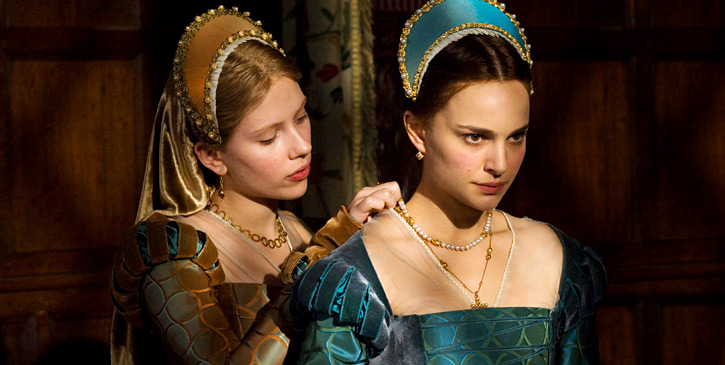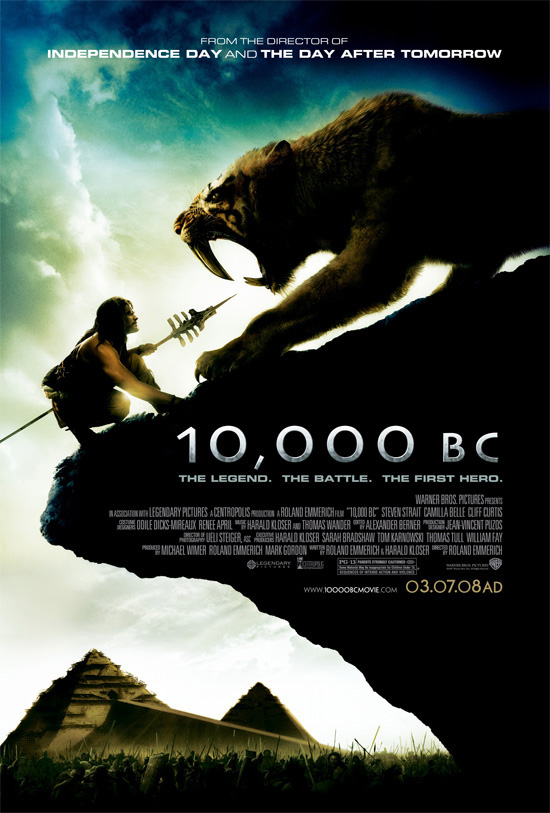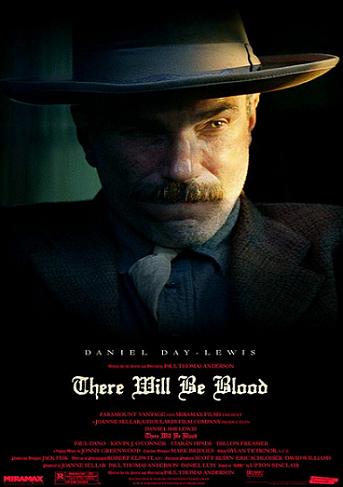This movie may be about one of the most famous outlaws in the days of the Wild West, but it is not a bang-bang shoot-em-up Western. It is a broody psychological Western, a lot of peering out into endless prairie landscapes, as much Ingmar Bergman as John Ford, with a little bit of Heathcliff thrown in.
Tabloid headlines and general movie star-ness makes it easy to forget how good Brad Pitt really is. His performance here as Jesse James is meticulous and powerful. He shows us James’ charisma, volatility, and disintegration. As the other title character, Casey Affleck has a different kind of volatility. When we first see him, presenting himself to Jesse and his older brother Frank (Sam Shepherd) as something between a groupie and a stalker, it is clear that he is one of those dangerous fans who can switch from over-love to over-hate in an instant. He confuses fame with respect, law-breaking with courage, guns with manhood, and, most fatally, tolerance with acceptance.
The title sets out the movie’s themes. In some Westerns, the man who captures the notorious outlaw is the hero. But two words tell us what this movie’s point of view will be. Jesse James is “assassinated,” not killed or stopped. And the man who kills him is a coward. The usual definition of coward does not include going undercover to spend time with an outlaw who is known to shoot anyone he suspects of disloyalty. So, how does Jesse James come out the sympathetic figure of the title and why is Ford so reviled?
That is very much the focus of this film and we hear at great length from the overly intrusive narrator about how Jesse James continued to be a figure of fascination and even admiration while Ford, even though he spent much of his life literally re-enacting the night he shot James in front of paying audiences, found the fame he sought to be bitter. Somehow, no one thought he was a hero. And too many people thought he was a target. Like some perverse and deadly game of tag, being the man who made his name killing Jesse James made him a man whose death might make some else’s name next.
Strong performances include particularly fine work by Sam Rockwell as Ford’s brother Charley and Paul Schneider as the ladies’ man of the James gang. The narration is ponderous and distracting. But the cinematography by Roger Deakins is breathtaking, the endless, wintry spaces evoking both bleakness and promise. Ultimately, however, the movie undermines its own point by making us, like those who have been enthralled by Jesse James for more than 100 years, wishing we could see the entertaining part of the story instead.
Parents should know that this film has typical Western violence, including shooting. Characters use some strong and crude language, including racial epithets and sexual references.
Families who see this movie should talk about why Jesse James remains an enduringly appealing figure. What is the meaning of the title? In so many Westerns, the bad guy is the one who robs and kills and the good guy is the one who catches or kills him. Why isn’t that true in this story?
Families who would like to see a more conventional (if completely un-factual) movie western about Jesse James should try American Outlaws . Other versions of this legend are in The True Story of Jesse James
. Other versions of this legend are in The True Story of Jesse James , or The Great Northfield Minnesota Raid
, or The Great Northfield Minnesota Raid . There have been movies about Jesse James since the silent era. One of the most bizarre is Jesse James Meets Frankenstein’s Daughter
. There have been movies about Jesse James since the silent era. One of the most bizarre is Jesse James Meets Frankenstein’s Daughter . Families who enjoy this movie will also like to see some de-mythologizing Westerns like Butch Cassidy and the Sundance Kid
. Families who enjoy this movie will also like to see some de-mythologizing Westerns like Butch Cassidy and the Sundance Kid , The Man Who Shot Liberty Valance
, The Man Who Shot Liberty Valance , or The Gunfighter
, or The Gunfighter .
.
 Take away the sumptuous settings and Hollywood glamour and what you have here is like Henry VIII for Dummies enacted by the cast of the OC.
Take away the sumptuous settings and Hollywood glamour and what you have here is like Henry VIII for Dummies enacted by the cast of the OC.
 If you are ten years old, a fan of video games, and have a short attention span and no knowledge of history, you will love this movie. The further you stray from these core qualifications, the less you will love it.
If you are ten years old, a fan of video games, and have a short attention span and no knowledge of history, you will love this movie. The further you stray from these core qualifications, the less you will love it. It opens with a scorching contrast of light and darkness. Alone at the bottom of a dark pit, Daniel Plainview (Daniel Day-Lewis) stubbornly scratches and claws in the mud. High above, a pitiless sun bleaches a remote desert landscape. Plainview goes back and forth between the dark and the light, repeatedly returning to pick away at the earth. He is as flinty and unyielding as the rocky terrain itself, a man of ferocious resolve seeking something of value deep inside the rock. For almost 15 minutes, there is no other person but the resolute miner, no other sound but his relentless attack on the wall of stone. Finally, it begins to yield tiny bits of previous metal. Plainview falls. He is badly injured. But he perseveres, dragging himself to the assay office.
It opens with a scorching contrast of light and darkness. Alone at the bottom of a dark pit, Daniel Plainview (Daniel Day-Lewis) stubbornly scratches and claws in the mud. High above, a pitiless sun bleaches a remote desert landscape. Plainview goes back and forth between the dark and the light, repeatedly returning to pick away at the earth. He is as flinty and unyielding as the rocky terrain itself, a man of ferocious resolve seeking something of value deep inside the rock. For almost 15 minutes, there is no other person but the resolute miner, no other sound but his relentless attack on the wall of stone. Finally, it begins to yield tiny bits of previous metal. Plainview falls. He is badly injured. But he perseveres, dragging himself to the assay office.